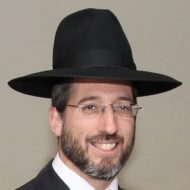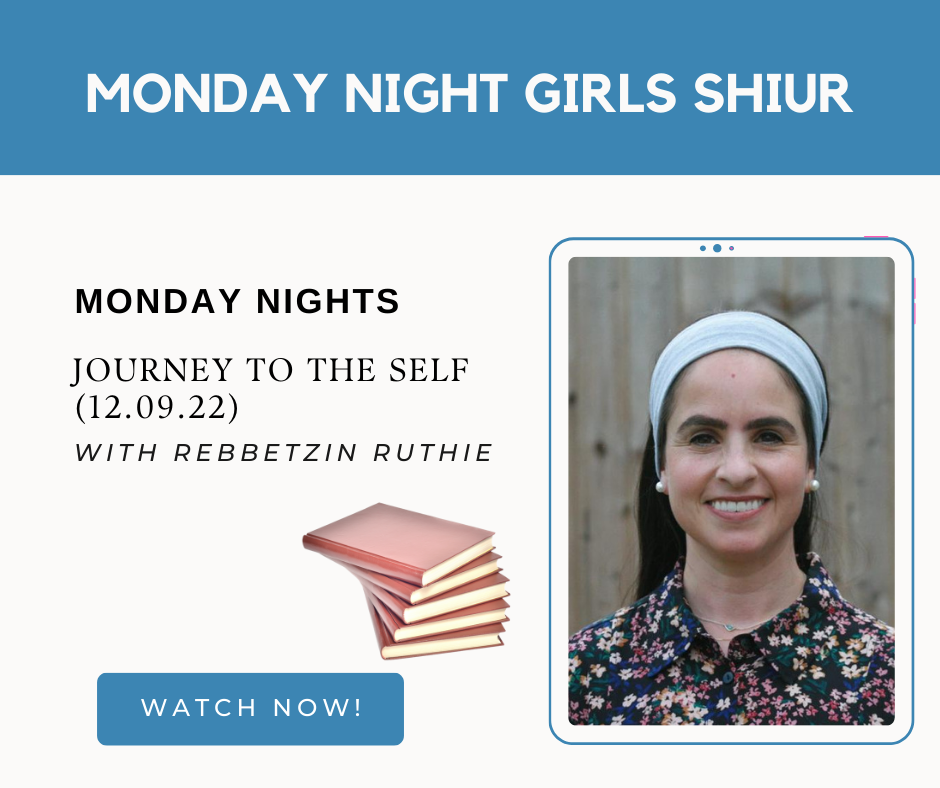
When the Torah gives us the mitzvah of the four species on Sukkot it says “ulekachtem lachem bayom harishon” — “you shall take for yourselves on the first day the fruits of a beautiful tree” — which the Sages define as the etrog — “the branches of date palms” — the lulav, “twigs of myrtles” — the hadassim and “brook willows” — the aravah (Vayikra 23:40).
Since it says “ulekachtem” — “and you shall take” — the halachah is that one must take them into his hand. If one has before him the four species but does not take them in his hand, he has not fulfilled the mitzvah. For this reason the berachah recited is al netilat lulav — the taking of the lulav — and not al mitzvat lulav to emphasize that the mitzvah is fulfilled only when they are taken in the hand. (See Orach Chaim 651)
Why does the Torah insist that they be taken in one’s hand? Why is looking at the four species insufficient?
According to the Midrash Rabbah (30:14), the four species represent different parts of the human body. The etrog resembles a heart, the lulav (palm branch) represents the spine, the hadas (myrtle) has small leaves which are like eyes, and the aravah (willow) resembles the lips.
With the mitzvah of “ulekachtem” — “you shall take” — the Torah is conveying a message of great importance: these four major body parts must be taken in hand, that is, be under man’s control.
The heart sometimes lusts for dangerous things. Man must learn to control the desires of his heart. At all times there must also be mo’ach shalit al haleiv — the brain ruling over the desires of the heart (Zohar, Vayikra 224a).
According to halachah, the lulav must be firm and upright. It should not be loose, curved, or bending to all sides. The spine provides major support for body and the spinal cord controls it. A weak spine can, G‑d forbid, cause a person to be paralyzed or of bent stature. Taking the lulav in hand means that a Jew must be firm in his convictions, walk upright, and be proud of the fact that he is a Torah observant member of the Jewish people. He must never “bend” — compromise or yield — in his Torah observance.
The hadas leaves, resembling eyes, must grow upright on their stems. This teaches us that a Jew must always look up to G‑d in Heaven with optimism and not look down upon other people.
The message implied by the halachah requiring that the hadas be taken in the hand is that one must learn to control his eyes and also to be happy with one’s lot and not look enviously on other people’s good fortune.
The leaves of the aravah must be smooth and not have sharp serrated edges. The mitzvah of taking it into the hands emphasizes the importance of controlling one’s lips. In particular, one should be careful not to make biting remarks; rather one should speak words of Torah and speak well of a fellow Jew.
The halachah that the four species must be held in one’s hand teaches us that it is imperative that man be in control of himself, his ideals and ideas.
From the halachah pertaining to the need to grasp the four species in one’s hand we learn the importance of being in the driver’s seat. We should not be content to merely “be in the back seat” and be controlled by others. When one is in control of himself and not controlled by the dictates of secular society, his entire year is zeman simchateinu — a life of joy and happiness. May we merit to reach this true level of Simcha.
Chag Sameach.







